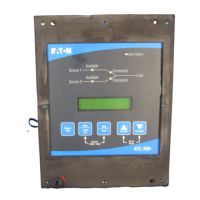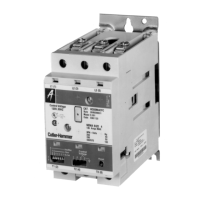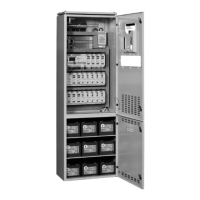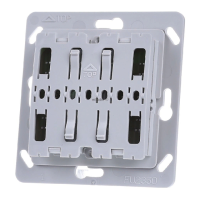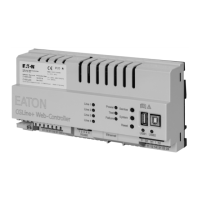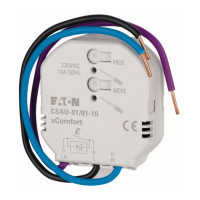IB01602009E For more information visit: www.eatonelectrical.com
O & M Manual for the EATON ATC-300
Automatic Transfer Switch Controller
Instruction Booklet
New Information
Description Page
Introduction . . . . . . . . . . . . . . . . . . . . . . . . . . . . . . . . 2
Hardware Description . . . . . . . . . . . . . . . . . . . . . . . . . . 7
Status Monitoring and Setpoints . . . . . . . . . . . . . . . . . . 11
Typical Function of the ATC-300 Controller . . . . . . . . . . . 13
Operation . . . . . . . . . . . . . . . . . . . . . . . . . . . . . . . . . . 15
Programming . . . . . . . . . . . . . . . . . . . . . . . . . . . . . . . . 19
Troubleshooting and Maintenance . . . . . . . . . . . . . . . . . 23
Appendix A: Display Messages for Status and Timers . . . . 25
Appendix B: Operational Flowcharts . . . . . . . . . . . . . . . . 26
Appendix C: Display Menu Tree . . . . . . . . . . . . . . . . . . . 29
Appendix D: Pickup / Dropout Tables . . . . . . . . . . . . . . . 35
